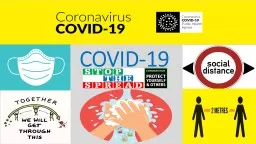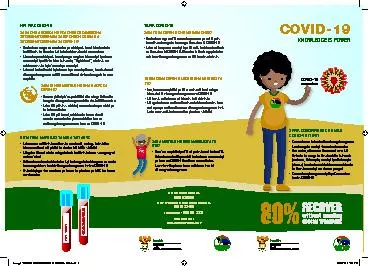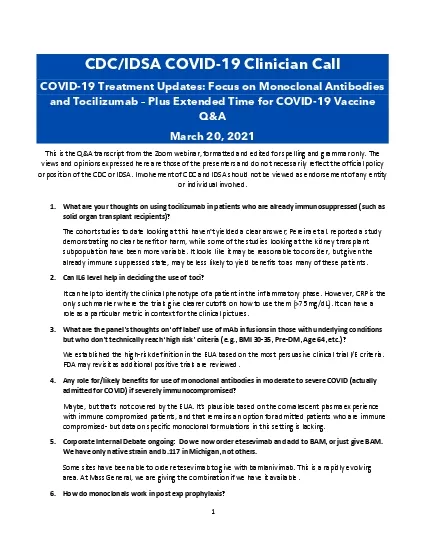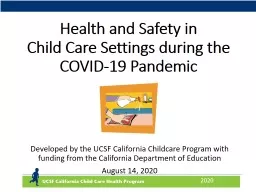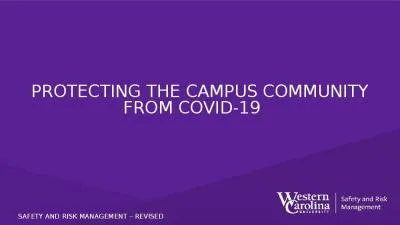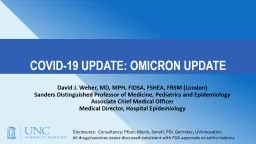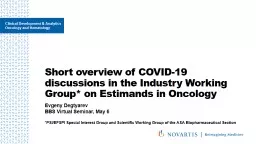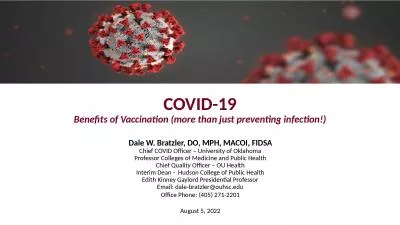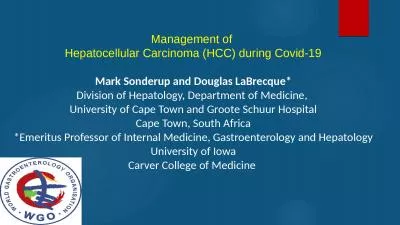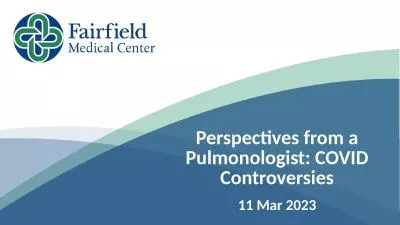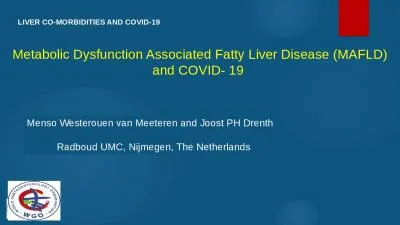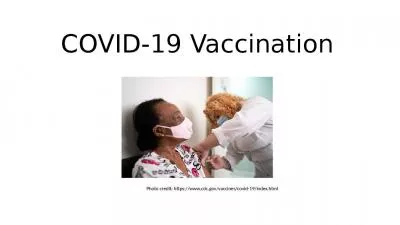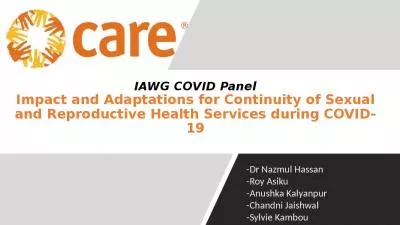PPT-What is COVID-19? Who is at risk?
Author : emery | Published Date : 2021-12-09
COVID19 is a new illness caused by a virus called coronavirus It can affect your lungs and airways It is spread through droplets from the nose and mouth
Presentation Embed Code
Download Presentation
Download Presentation The PPT/PDF document "What is COVID-19? Who is at risk?" is the property of its rightful owner. Permission is granted to download and print the materials on this website for personal, non-commercial use only, and to display it on your personal computer provided you do not modify the materials and that you retain all copyright notices contained in the materials. By downloading content from our website, you accept the terms of this agreement.
What is COVID-19? Who is at risk?: Transcript
Download Rules Of Document
"What is COVID-19? Who is at risk?"The content belongs to its owner. You may download and print it for personal use, without modification, and keep all copyright notices. By downloading, you agree to these terms.
Related Documents

